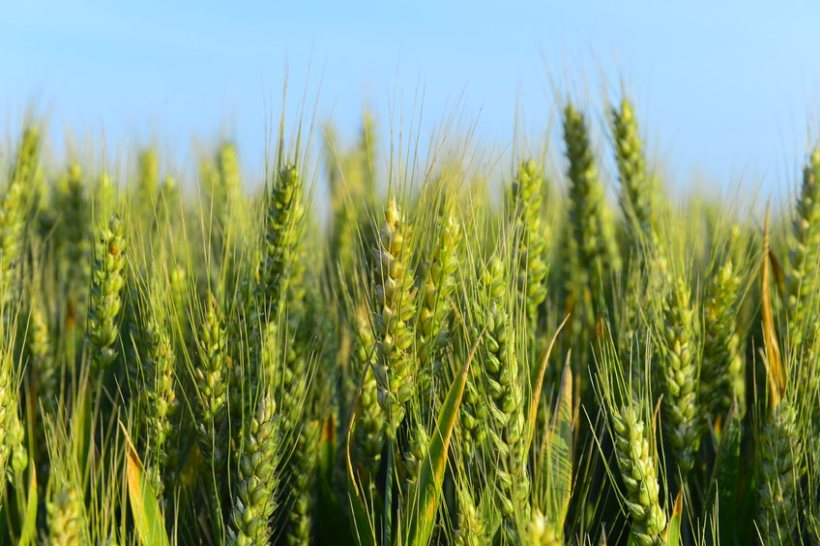
Favourable drilling conditions and strong prices have supported an increase in winter cropping, according to the AHDB, but high input costs may have limited further rises.
The intended UK wheat area for 2022 is forecast up 1.3% year-on-year, to 1.81 million hectares, higher than the 10-year average and back in line with the 2019 area.
And while the winter oilseed rape area is set to increase for the first time since 2018, by 12.9%, this may not be as much as anticipated, AHDB's Early Bird Survey shows.
The levy board's analyst Megan Hesketh said: “With forward prices for rapeseed attractive and climbing all season, many might have been expecting a larger area rebound.
"But at the timing of cropping decisions, high input prices and the persistent issue of cabbage stem flea beetle may be capping gains in UK area grown.”
The estimated 2022 winter barley area is also up 2.8% to 415,000 hectares, higher than both the five-year (395Kha) and 10-year average (398Kha).
Spring barley intentions are expected to be back 7.7% year-on-year, to 688,000 hectares, the lowest area since 2016 if realised – but this could change should prices remain strong.
Oat cropping intentions are set to fall 5 percent for 2022, to 189,000 hectares, just above the five-year average, the survey shows.
“But with oats holding a sizable discount to other cereals this season, a move towards other cropping may not be surprising,” Ms Hesketh added.
In terms of alternative break crops, other oilseeds are expected to decline 6.7% on the year, as are pulses down 5.1% to 235,000 hectares, back to 2020 levels.
She said: “This change is likely down to an extension of cereal rotations, with pulses’ yields still considered variable year-on-year. Seed availability will also be a factor.”
Forecast arable fallow area for 2022 is up by 15%, to 306,000 hectares, which AHDB says could be linked to the move in domestic policy from direct payments, with less productive land potentially earmarked for environmental schemes. Rising input costs may also be a factor in decision making.
The Early Bird Survey, carried out each autumn to assess national cropping intentions, is undertaken by the Andersons Centre, with the help of the Association of Independent Crop Consultants (AICC) and other agronomists.
This year’s survey covered 630Kha, which represents 13% of the UK area for the crops surveyed.
